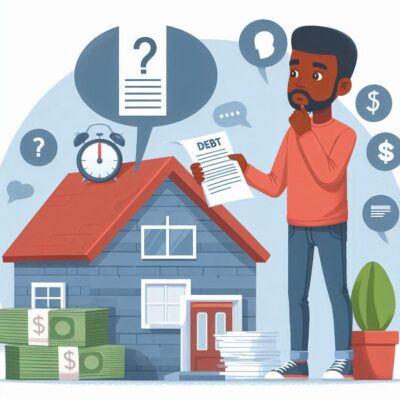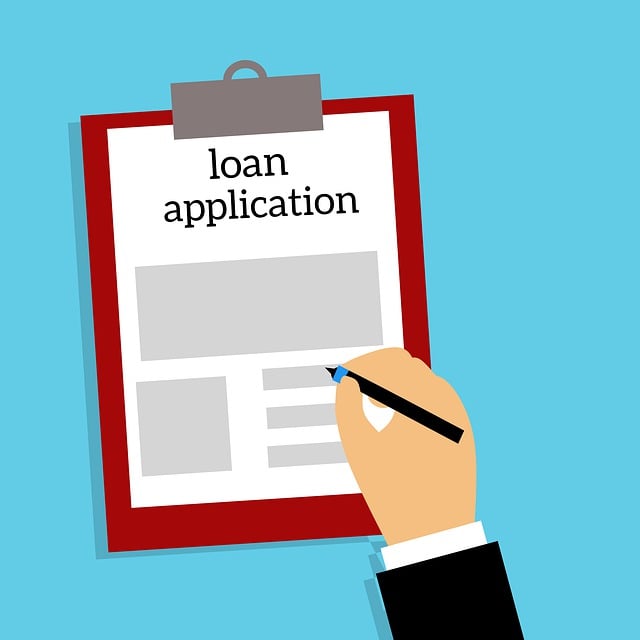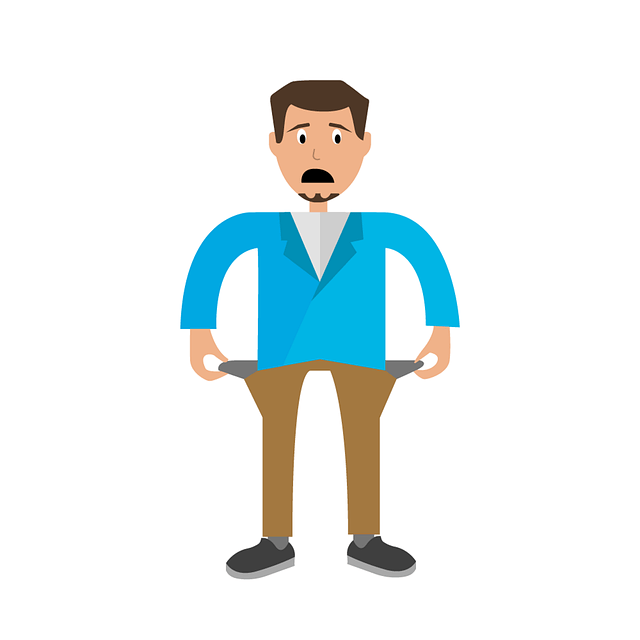Debt consolidation is essentially combining multiple debts into a single one, usually with a lower interest rate. This means you’ll roll all those pesky credit card bills, personal loans, and any other debts into one manageable payment. It’s like cleaning up the financial clutter in your life.
People often seek debt consolidation for various reasons. High interest rates on credit cards can make it hard to keep up with payments. Multiple bills can also be mentally exhausting. Consolidating debts helps by reducing stress, often lowering monthly payments, and potentially saving money on interest.
Debt comes in many forms: credit cards, personal loans, medical bills, and more. Each type of debt can carry its own interest rates and repayment terms. This variety can lead to confusion and missed payments. Consolidation simplifies this by lumping everything into one.
Debt consolidation is useful because it can make your finances simpler. You just have one payment to worry about, which can reduce late fees and improve your credit score. Plus, it often comes with a lower interest rate, so you save money in the long run.
Here’s a little transparency: Our website contains affiliate links. This means if you click and make a purchase, we may receive a small commission. Don’t worry, there’s no extra cost to you. It’s a simple way you can support our mission to bring you quality content.”
Contents
Evaluating Your Financial Situation: Is Debt Consolidation Right for You?
Assessing your current financial situation is the first step in determining if debt consolidation is the right move. Start by listing all your debts, including credit cards, personal loans, and other liabilities. Note down the balance, interest rate, and monthly payment for each.
Calculating your total monthly debt payments can provide a clear picture of what you owe and how much you’re paying in interest. This helps in understanding the financial burden you’re carrying.
Debt consolidation comes with its pros and cons. On the plus side, you can often secure a lower interest rate and reduce your monthly payments. It simplifies your finances by merging everything into one monthly bill. On the downside, it might come with fees, and extending the loan term could mean paying more in interest over time.

There are situations where debt consolidation might not be the best choice. If you have a small amount of debt, it might be easier to pay it off without consolidating. Or, if you’re dealing with debts that have prepayment penalties, consolidating may not be cost-effective. Another scenario to watch out for is if debt consolidation doesn’t address underlying spending habits, leading you to accumulate more debt in the future.
Types of Debt Consolidation Loans: Choosing the Best Option
Debt consolidation loans come in two main flavors: secured and unsecured. Secured loans are backed by collateral, like your home or car, while unsecured loans aren’t. Secured loans usually offer lower interest rates but come with the risk of losing your collateral if you can’t keep up with payments. Unsecured loans, on the other hand, don’t put your assets at risk but might come with higher interest rates.
Your credit score plays a significant role in the type of loan you can qualify for. A higher credit score can open the door to better loan terms and lower interest rates. For those with lower scores, securing a favorable loan might be tougher, so it’s crucial to know where you stand before applying.
Several options exist for consolidating debt. Personal loans are a popular choice, offering fixed rates and fixed payment terms. Balance transfer credit cards let you transfer high-interest debt to a card with a 0% introductory rate, though these often come with transfer fees. Home equity loans and lines of credit use your home as collateral, providing potentially lower rates but higher risks.

When comparing these options, look at the interest rates, terms, and fees involved. A lower rate might seem appealing, but keep an eye on any hidden fees. Make sure the terms fit your financial situation, and always read the fine print to avoid surprises later.
Coinscaddy Guided Task
Interactive Tool or Checklist: Is Debt Consolidation Right for You?
Determining whether debt consolidation is the right move for your financial situation can feel overwhelming. To help, we’ve created a simple, interactive checklist. This tool guides you through the key factors to consider, so you can make an informed decision.
Step 1: Evaluate Your Debt Situation
Ask yourself the following questions:
- How many debts do you currently have?
- Fewer than 3
- 3 to 5
- More than 5
[Tip: Consolidation is more beneficial if you have multiple high-interest debts.]
- What’s your total interest rate burden?
- Below 10%
- 10%-20%
- Above 20%
[Tip: Consolidating is ideal when your debts have high-interest rates, as it can lower your overall costs.]
- Can you afford the monthly payment on a consolidation loan?
- Yes, comfortably
- Yes, but with a tight budget
- No, it would be difficult
[Tip: Debt consolidation often requires a fixed monthly payment, so budgeting is essential.]
Step 2: Calculate Your Numbers
Use a free online tool like the Debt Consolidation Calculator to estimate your new monthly payments, total interest savings, and loan term.
Step 3: Understand Your Options
Based on your answers, explore which debt consolidation method suits you:
- Personal Loan for Debt Consolidation: Check rates and compare lenders on LendingTree or NerdWallet.
- Balance Transfer Credit Card: Find cards with promotional 0% APR offers on CreditCards.com.
- Home Equity Loan or HELOC: Learn more about risks and benefits on Bankrate.
Step 4: Actionable Advice
- If most of your answers fall into higher categories (e.g., “more than 5 debts,” “above 20% interest”), debt consolidation might be a good option.
- If you cannot afford fixed payments, consider alternatives like debt management programs.
Take Action:
Consult a financial advisor or reach out to a reputable debt consolidation company for personalized advice. Check trusted platforms like National Debt Relief or Accredited Debt Relief.
This checklist not only educates but empowers you to take actionable steps toward a debt-free future. Start by answering the questions above and using the linked tools to take control of your finances!
Steps to Successfully Consolidate Your Debt: A Practical Guide
Start by gathering all necessary financial documents. This includes statements for your current debts, recent pay stubs, and any other relevant financial records. Having everything in one place will make the process smoother and faster.
Do your homework on different lenders. Compare interest rates, terms, and fees to find the best deal. Look for reputable institutions and read reviews to understand other customers’ experiences. It might also be helpful to visit financial forums and ask for recommendations.
Once you’ve identified a lender, begin the loan application process. Be prepared to provide detailed information about your finances and debts. Honesty is key here – make sure you provide accurate and complete information to avoid delays or complications.
When your loan is approved, use it to pay off your various debts. Keep track of the payments to ensure each debt is fully settled. This step is crucial in preventing any remaining balances that could continue to accumulate interest.
Now that your debts are consolidated into one, focus on managing this new single monthly payment. Stick to a budget to make sure you can make these payments consistently and on time. This is also a good opportunity to start building healthy financial habits to avoid future debt.
Consider creating a budget that outlines your income and all expenses. This will help you stay on top of your finances. Track your spending, identify areas where you can cut back, and set money aside for emergencies. The goal is to avoid falling back into debt and to start building a solid financial future.


This post is incredibly insightful! It explains how debt consolidation can simplify finances by combining multiple debts into one manageable payment, which really helps reduce stress. Understanding the different types of loans and their impacts is crucial. I’d love to discuss further: what methods have worked best for people in managing their debt after consolidation? Sharing personal experiences could provide valuable insights for others navigating similar situations!
Thank you for your kind words! After debt consolidation, many people find success by creating a strict budget, setting up automatic payments, and using the extra cash flow to pay down debt more aggressively. Others recommend establishing an emergency fund to avoid accumulating new debt. Personal experiences vary, but consistent communication with creditors and staying disciplined with spending have been key strategies for many. It’s all about finding what works best for you!